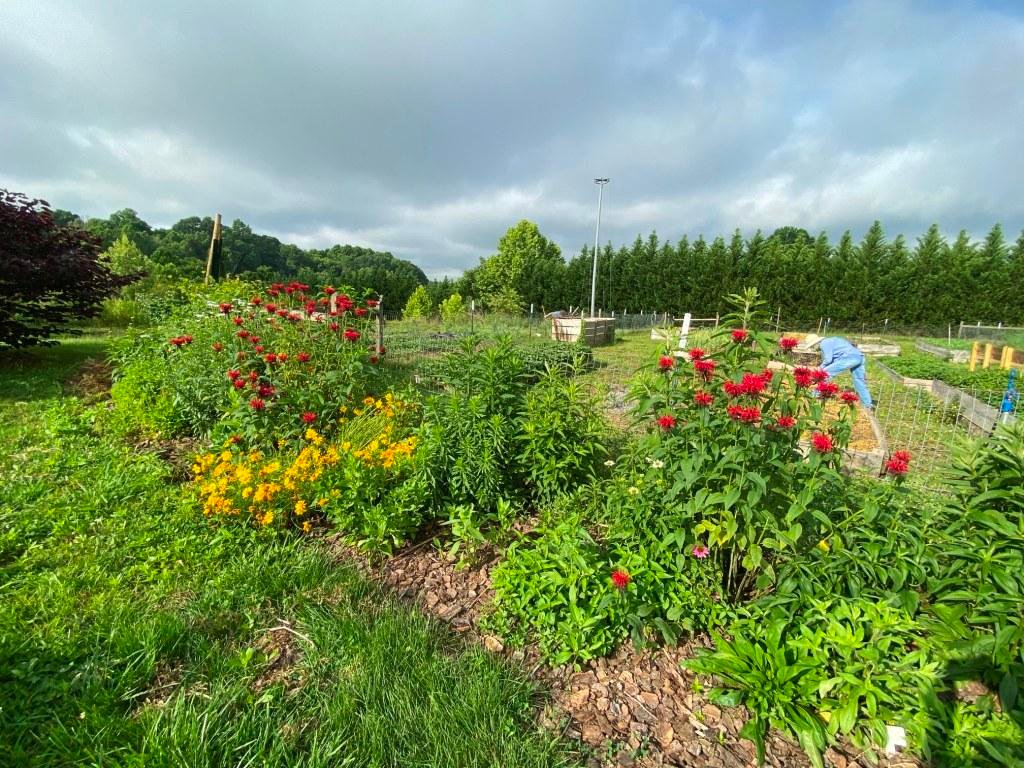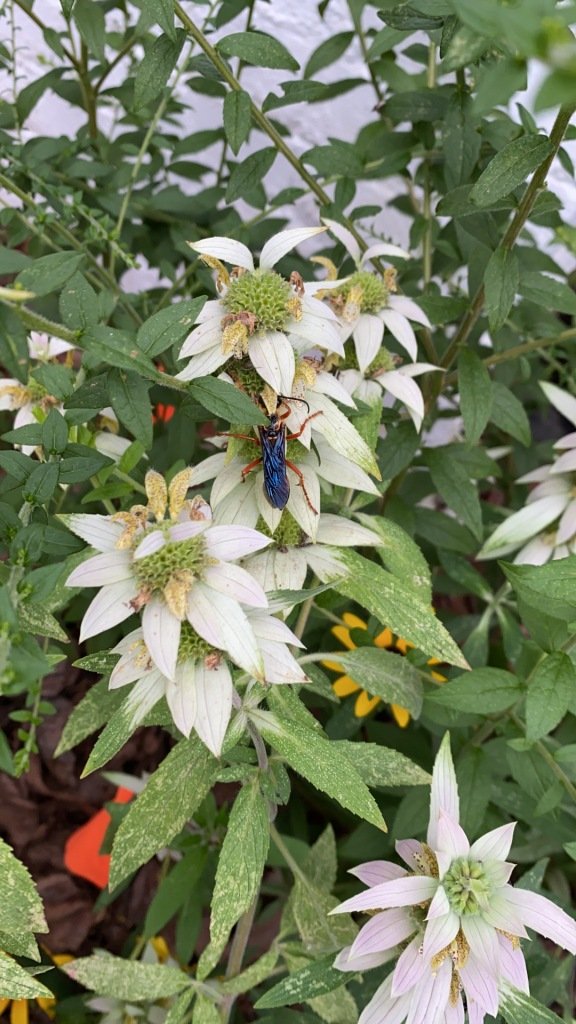What Can I Plant Instead of Grass?
LENOIR, NC (October 18, 2021) — At this time of year homeowners are liming, seeding, weeding, and the list goes on with lawn care. Are you getting sick of those lawn chores yet? Turf is the most common groundcover in American yards but it is not always the best choice. Let’s discuss some lawn alternatives that are more sustainable, add back to our local ecosystems, and are a lot less of a pain to maintain!
Sustainable is a popular buzzword these days and rightly so. There are over 40 million acres of lawn in the according to a 2005 NASA estimate derived from satellite imaging. That makes lawns the number one irrigated crop in the US. That is a lot of overwatered, overfertilized, overpaid and overworked man hours in those 40 million acres of lawn.
Imagine if some of those acres were converted into meadows, pollinator gardens, and native grass fields that do not require so much upkeep? What a beautiful, highly functional, wonderfully diverse world it would be! So, how do we achieve these lawn alternatives?

As a horticulture professional, we always begin with “right plant, right place”. If you force a plant to grow where it was never meant to, you will run into issues.
Do you have a lot of shade? If yes, then turf isn’t the right choice for you. It won’t grow, weeds will set in, and you’ll be unsatisfied. Shady parts of a lawn can be turned into something beautiful, though. Ferns, understory shrubs and trees, groundcovers can thrive in shade and make a great habitat for our local pollinators.
If you have a relatively large yard, maybe turf isn’t the best choice for the whole area. Huge lawns require massive outputs of maintenance. What if you established beauty strips in some of those areas? This strip can be made up of some native trees, a few shrubs and perennials to fill in that space.
Large spaces of land also make a great candidate for native meadows. There are many seed companies offering Native Meadow seed mixes. This can benefit you because it will add perennial (comes back every year) plants to your lawn. Since these plants are native to our area, they aren’t hard to establish and require little maintenance to grow well. Most of these perennials will have attractive flowers that will attract all kinds of beneficial pollinators and insects.
Consider expanding your mulch beds. Add more perennials to those beds. If you are expanding flower beds, that means less mowing! Be picky of your perennials. Native perennials establish much easier and are more times “the right plant for the right place”. This will cut down on the mowing, spraying and fertilizers side of lawn maintenance.

Do you have steep slopes? Grass isn’t your best option. It is too steep to mow and doesn’t offer great erosion control. To stabilize those slopes/banks adding native trees will give you the best results in erosion control.
Bees have also been a hot topic! Did you know clover can be used as forage for our bees? Most people consider clover a weed, but clover is a legume, which adds nitrogen to your soil, therefore cutting down on the need for fertilizer. This could be a good option for areas that may be too big to mow regularly.
Do you have narrow strips of lawn? Like a lot of homeowners, you could have narrow strips of lawn in between driveways and sidewalks or other areas. That can get annoying to mow or weed eat. These areas are a perfect space for a pollinator garden! Add perennials and groundcovers to fill that space.
Do you have wet sites in your lawn? These sites are not ideal for turf. Instead, you could plant moisture tolerant trees, shrubs, sedges and rushes.
As you can tell, there are so many other options than just turf. Fescue, bermuda, zoysia, or whatever grass is in your lawn, has little to no ecological value. It doesn’t flower, so no food for our pollinators, it has shallow roots, so not great for erosion control, and requires a lot of maintenance for it just to look green. Grass has a place in your lawn, it just doesn’t have to consume your entire yard.
Come to the colorful side and convert parts of your landscape into pollinator gardens, native meadows, or a fern haven! There is an alternative for everyone.
Please use our resources and plant lists found on our website at caldwell.ces.ncsu.edu. If you have any questions, contact the Caldwell County Center at 828.757.1290.
Resources:
Top 25 Pollinator Plants for NC
Landscaping for Wildlife with Native Plants
Resource List for Pollinator Conservation
How to Restore Native Grass Meadows
Support the Caldwell Journal for as little as $1 a month through Patreon. Thank you!
